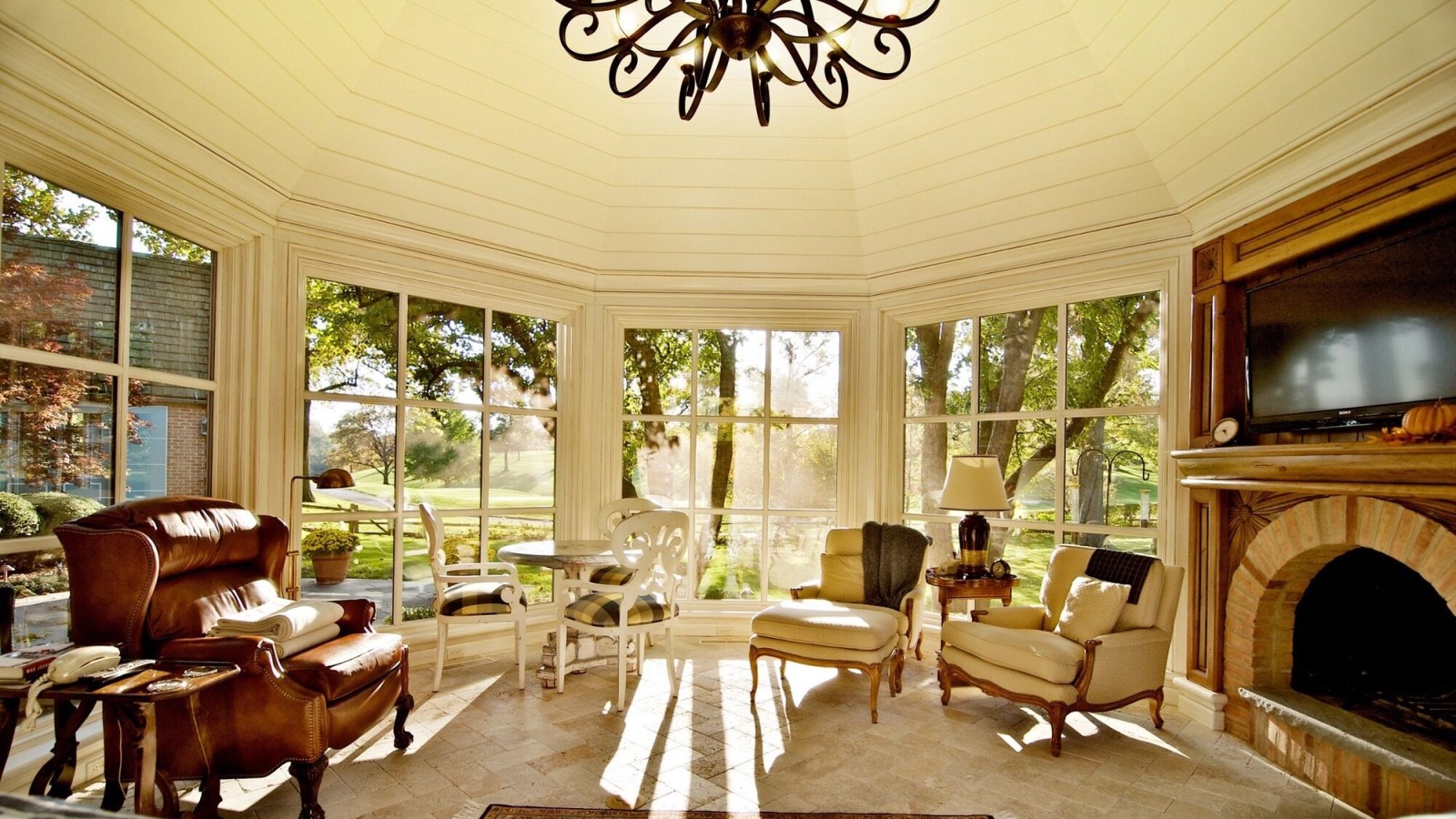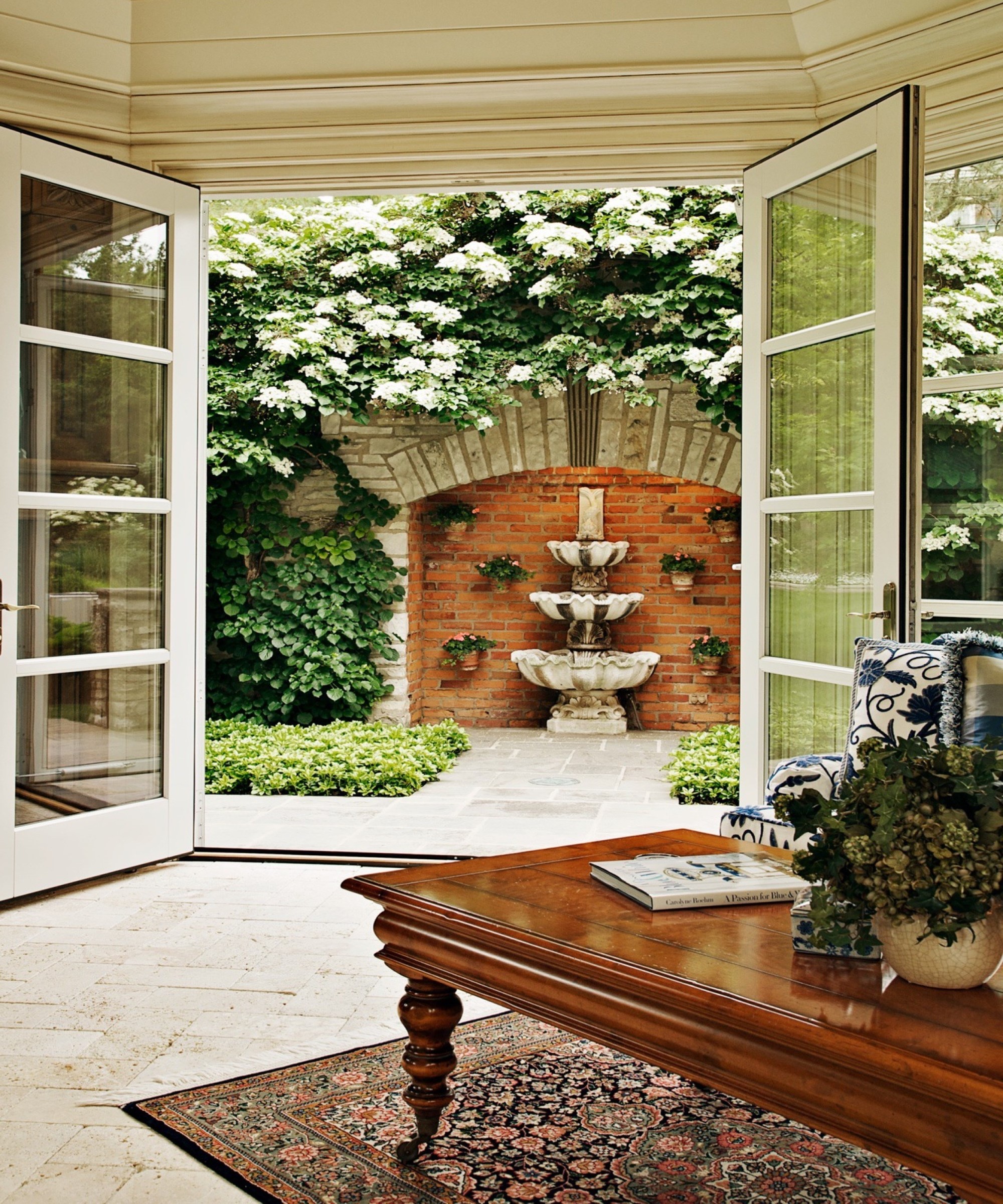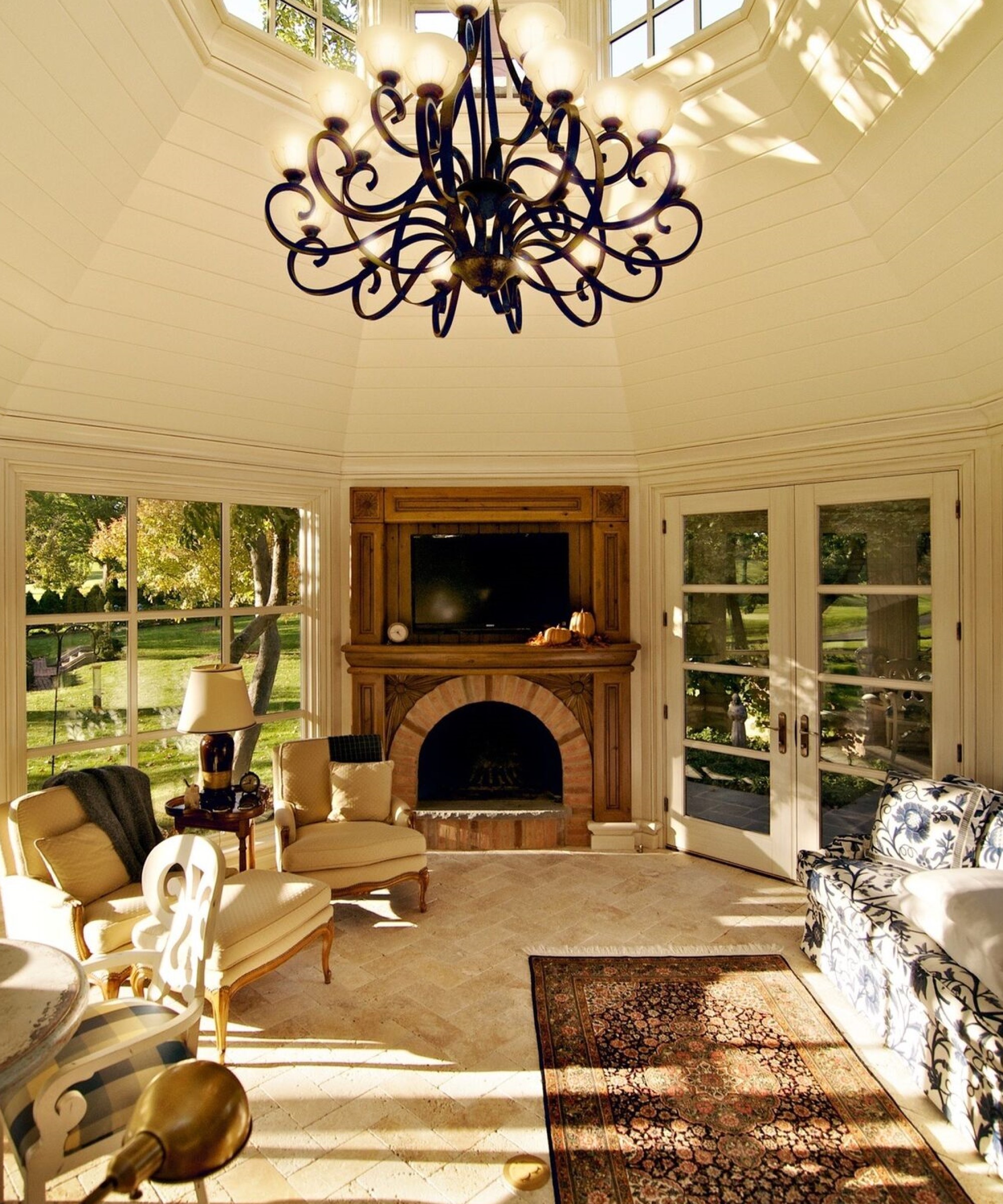5 things people with nice-smelling garden rooms always do
Create a fresh and fragrant garden room by adopting these top tips from landscape designers and garden room specialists


A garden room is a tranquil haven that gives you the best of two worlds: the plant-fueled inspiration of the outdoors and the cozy comforts of the indoors. Of course, garden rooms come in an almost infinite variety of designs and purposes. Some people use them as home offices, while others prefer to keep these rooms for relaxing and socializing.
Whatever your primary garden room idea, there is one question many garden room users have. This question is: how do you make a garden room smell good?
Given their physical proximity to the outdoors, garden rooms can be prone to smelling moldy or musty. They also sometimes smell of nothing at all, and you may prefer to create more of a scentscape in your garden room.
Things people with nice-smelling garden rooms always do
If you want to enhance your garden room with a pleasant fragrance, do these things people with nice-smelling garden rooms always do. And by ‘people’ we mean landscape designers and garden room specialists – people in the know.
1. They balance insulation and ventilation
Every garden room should have fully operational windows. It also should have proper insulation. Without these two essential design components, your garden room will be prone to high humidity and the resulting problems of mildew and musty, damp odors.
It’s always best to order your garden room from a dedicated garden room specialist vendor or have a professional landscape architect design one for you. Unless you are highly experienced at DIY, don’t be tempted to convert a freestanding shed into a garden room, especially if you’re planning to have furniture and/or rugs in your garden room.
Still finding excess moisture despite your best efforts? Invest in one of the best dehumidifiers, which is also one of the best ways to stop a shed smelling musty.
Design expertise in your inbox – from inspiring decorating ideas and beautiful celebrity homes to practical gardening advice and shopping round-ups.
2. They fill their garden rooms with fragrant plants

Your imagination is the limit with what combinations of flowering plants you can use to make a garden room smell heavenly. Ward Dilmore, founder, and CEO at Petrus Landscaping, likes using fragrant herbs like lavender, rosemary, and mint – they ‘work wonders’, according to the landscape designer. These herbs will mainly pack their fragrant punch during the summer months (rosemary starts flowering in winter and is the exception).
If your garden room is well-insulated and doesn’t get below freezing, though, you can be a little more creative. Dilmore recommends ‘infusing’ the space with the ‘natural perfume’ of gardenias and jasmine. Given a steady temperature and plenty of natural light, these can bloom year-round.

Ward Dilmore is a landscape designer and founder at Petrus, a distinguished Luxury Estate Landscaping Company. With a profound dedication to his craft, Ward’s journey into the world of landscaping began in Private Estate Gardening and Commercial Landscape Services.
3. They borrow outdoors fragrances
A garden room is unlike the rest of your house; it’s immersed in the plants growing in your backyard. Planting your outdoor space, especially the area right around the garden room, with flowering species with fill the room with beautiful, completely natural fragrance.
Create a fragrant garden and your garden room will benefit immensely. Will Waibel, director of design and co-owner at Dan Waibel, explains how his own design for a traditional garden room incorporated ‘a gorgeous climbing hydrangea that has been established for generations.’
A mature flowering plant, especially one growing up a wall, is a natural fragrant powerhouse. And you can plant multiple flowering plants strategically, to ensure year-round fragrant wafting into the garden room from the outside. Consider adding winter-flowering shrubs like viburnum and spring-flowering ones like lilac.
4. They experiment with candles and reed diffusers


Co-owner, Will Waibel is a third-generation designer/builder who, as a youth, knew that his calling was architecture. He pursued this path through art, a Bachelor’s Degree in Architecture and professional experience since 2005. Whether it is renovating an existing home or creating a new one, Will has the unique ability of taking the needs of a homeowner and creating an environment that enhances the life of the people that live inside.
Of course, if you don’t have many flowering plants in your backyard, and can’t have potted plants inside the garden room (maybe it’s north-facing or gets too cold), then adding candles and reed diffusers is always an option. ‘Don't underestimate the power of garden candles or essential oil diffusers’, says Ward Dilmore. ‘They're like the icing on the cake, adding a burst of delightful scents.’
You don’t have to limit yourself to ‘natural’ or floral scents either. Why not add a grounding and warm amber-based home fragrance, or a smoky, wood-based one? Create your own dreamscape based on your scent preferences.
If using candles, be extra careful around remembering to put them out when you leave the garden room. A diffuser is usually the safer option in a garden room.
5. They think beyond just smell
This may seem irrelevant to making a garden room smell good, but both of our experts say that creating a sensory garden will maximize the pleasure you get out of your garden room. Will Waibel explains that, ‘Good design incorporates sites, sounds, and smells.’ His garden room design made the most of the hydrangea plant and the existing water fountain at the property. The ‘ambient noise of the water with the passing fragrance of the climbing hydrangea’ combined, entering the garden room through the multiple windows.
Ward Dilmore also tells us: ‘Here's a personal touch that I swear by: include a small water feature like a bubbling fountain or a pond. The sound of flowing water complements the garden scents, creating a serene atmosphere. For me, creating a fragrant garden room is not just about smell; it's about cultivating an environment that soothes the soul.’ It's definitely a goal worth pursuing in any space in your home and yard.
FAQs
How can I get rid of a musty smell in my garden room?
If you’re already finding that your garden room smells not of flowers but of mildew, it’s time to do a thorough inventory of what has gone damp. Usually, furniture like armchairs and couches or rugs and pillows will be the culprits. It may be wise to replace any furniture you have with outdoor equivalents. Outdoor furniture and outdoor rugs are made from moisture-resistant materials and are less likely to go moldy.
Regular cleaning can also prevent some of the odors, but it probably won’t eliminate them altogether, especially if your garden room isn’t insulated. If it is insulated, then make sure you open all your garden room windows regularly. This will prevent condensation and the resulting excess moisture that can cause damp smells.
What is the best garden room plant?
This is really down to personal preference, but it’s hard to beat the appeal of jasmine in a garden room. It looks great as a natural design feature, doesn’t require a great deal of maintenance, and smells astounding. Pick hardy species of jasmine that will flower year-round such as Jasminum Rex. And make sure you plant yours in a large pot with good drainage so that it can thrive for many years to come.
If you don't have much space in your garden room, consider growing stephanotis, at Amazon. This flowering plant is highly fragrant and does very well in garden rooms. Just make sure it doesn't get too cold.

Anna is a professional writer and academic. She taught English Literature for several years before joining Future where she wrote for Real Homes, Homes & Gardens and Livingetc for four years. She is a regular contributor for Parade Home, BiggerPockets, and many other publications. In her spare time, Anna enjoys hiking and gardening.